Release foot pain and increase mobility with these easy DIY massages.
Foot pain is experienced by 17-42 percent of the adult population, and is more common among older women. (1) In cases of older adults, foot pain can disrupt balance, increase the risk of falls, and affect overall mobility and independence. (2)
If you suffer from foot pain in the heel, arch, or top of the foot, chances are that you could be suffering from a disorder like Plantar Fasciitis (pain on the bottom of the foot) or Myofascial Pain Syndrome, which is a chronic syndrome comprised of multiple trigger points and fascial constrictions. Practicing self-massage and trigger point therapy regularly can help with these issues.
Suffering from a sore neck, back and shoulders? Get our mobility guide to ease pain and soreness.
Get The FREE Mobility Guide To Fix Your Pain Today!
What is a Trigger Point?
A trigger point is a specific spot in the muscle where the muscle fibers are overactive and cannot relax. These are often referred to as “knots” and can exist as either an active trigger point – meaning current pain on or around the area – or as a latent trigger point – which is typically pain-free unless poked or touched. Both of these states of trigger pain can cause bigger issues, like sending referred pain to other areas of the body that may seem completely unrelated, like the lower back.
Conversely, there are spots in the calves that can refer pain back to the foot. These muscles include:
The Gastrocnemius – This large muscle makes up the bulk of the calf region, and attaches to the Achilles tendon to lift the body onto the toes while walking, running, and jumping. There are four different trigger point in this muscles that can refer pain to the arch of the foot.
The Soleus – This large, flat muscle lies underneath the Gastrocnemius, and has three potential trigger points that refer pain to the heel.
The Tibialis Anterior – Lateral to the shin bone, this muscle contracts to lift the foot and stabilizes the foot while walking. There is one trigger point in this muscle that can refer pain to the foot, ankle, and big toe.
Self-Massage for Foot Pain
When giving yourself a foot massage, you want to look for both active and latent trigger points on the top and bottom of the foot, as well as in the calf muscles. Take your time as you go through this massage routine, searching for knots as you go along.
Part 1: Golf Ball Massage
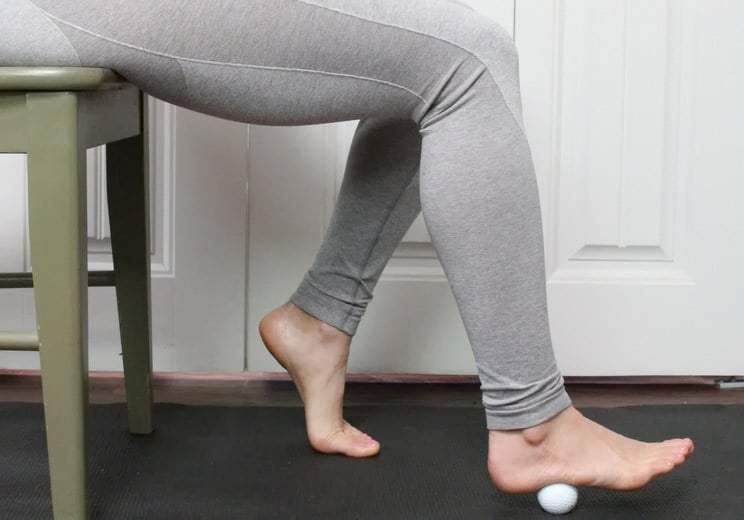
- Start by sitting down in a chair and placing a golf ball on the floor in front of you.
- Place the arch of your foot on top of the ball and apply gentle pressure. Take small movements up and down the arch. When you feel a knot, stop and hold on the spot for 20 seconds or until you feel a release.
- After you’ve completed the arch of the foot, move over to the center of the foot, working in the same up and down motion. Then, move to the outer edge of the foot in the same fashion. Once you’ve completed one foot, repeat all three steps on the other.
Part 2: Foot and Calf Massage
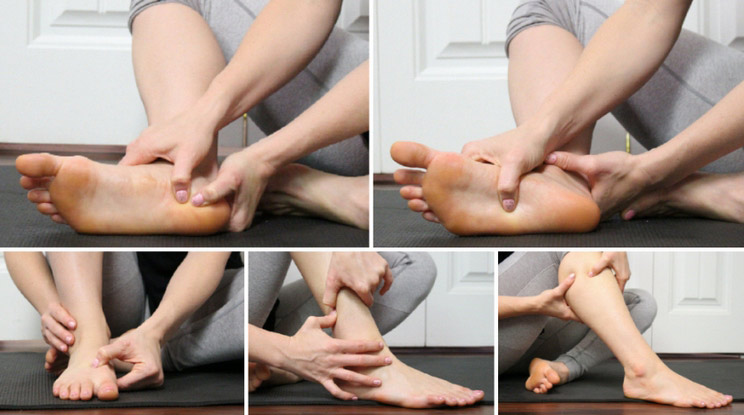
- Begin by placing a tablespoon of massage oil (e.g., coconut or almond) in one hand. Add a few drops of essential oil if you like. Rub your palms together and get ready to massage the entire foot.
- Start at the heel of one foot. Work up until you are at the arch. Massage this area, and when you find a tight spot, stop and press your thumb into it for 20 seconds or until you feel a release. Once you’ve finished massaging the arch of the foot, continue up until you are right below the big toe, stopping to hold when you feel any trigger points.
- Move back to the middle of the heel. Work up the center of the foot, stopping whenever you find a trigger point and holding until you feel it release.
- Come back down to the heel and start at the outer part of the heel. Work up to the pinky toe edge of the foot, stopping whenever you find a tender spot and holding until you feel a release.
- Massage the top of the foot. Work in between the bones of your toes. Just like with the bottom of the foot, start in the center and work towards the outer edge. Look for both active and latent trigger points.
- Massage the toes. Start at the big toe and working down to the pinky toe. Look for trigger points on the pads of the toes and underneath them.
- Lastly, work up the ankle towards the calf muscles. Massage up the calf muscles and look for trigger points in the large calf muscles, the soleus and the gastrocnemius. Then, work around to the tibialis anterior, the one running alongside the shin. When working into the calves, you can use your golf ball to apply pressure to trigger points if using your thumb is not enough pressure. Take note of any referred trigger pain that you feel in your feet while massaging these muscles.
- Repeat all seven steps on the other.
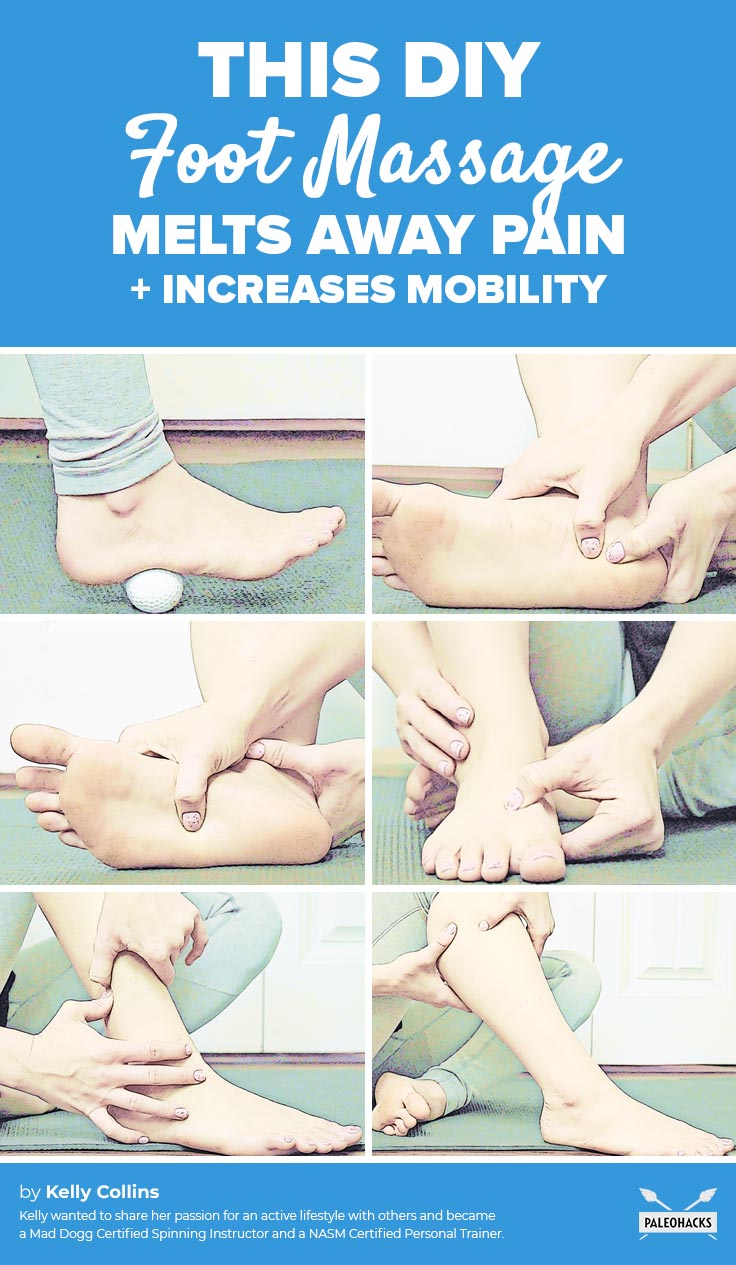
(Your Next Workout: 6 Exercises to Erase Foot and Ankle Pain)


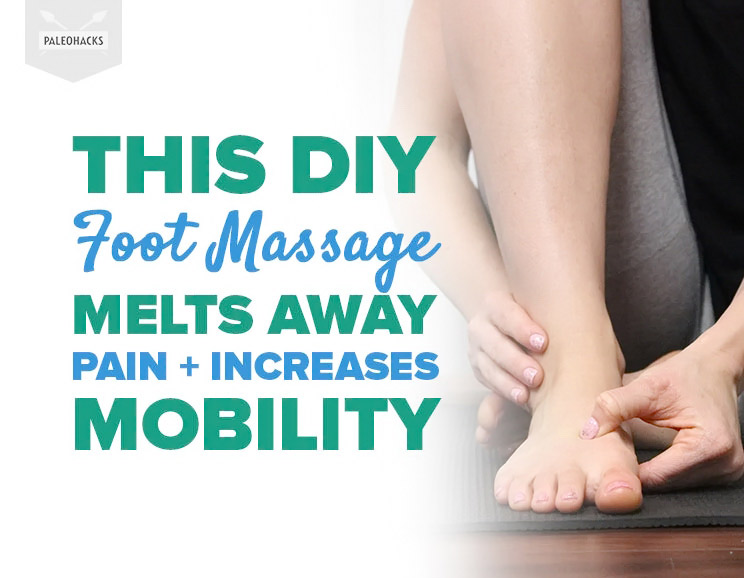
 Fluffy Lemon Poppy Seed Bread
Fluffy Lemon Poppy Seed Bread
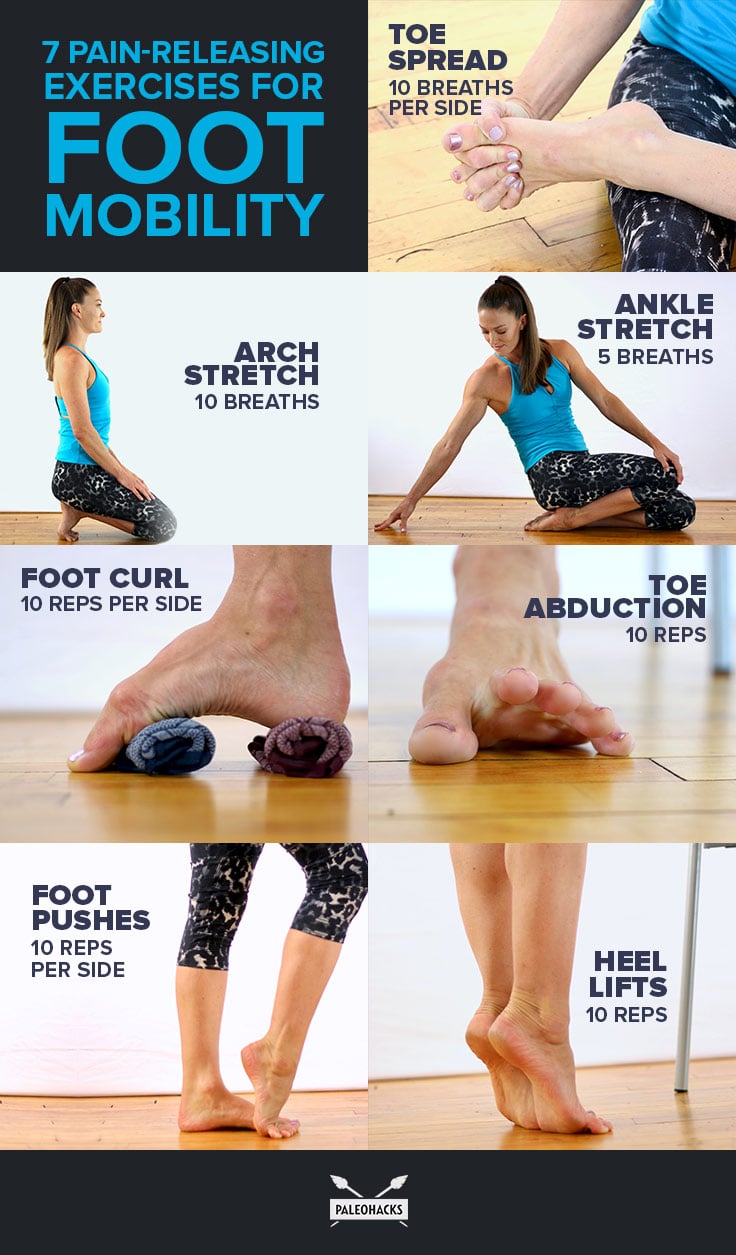
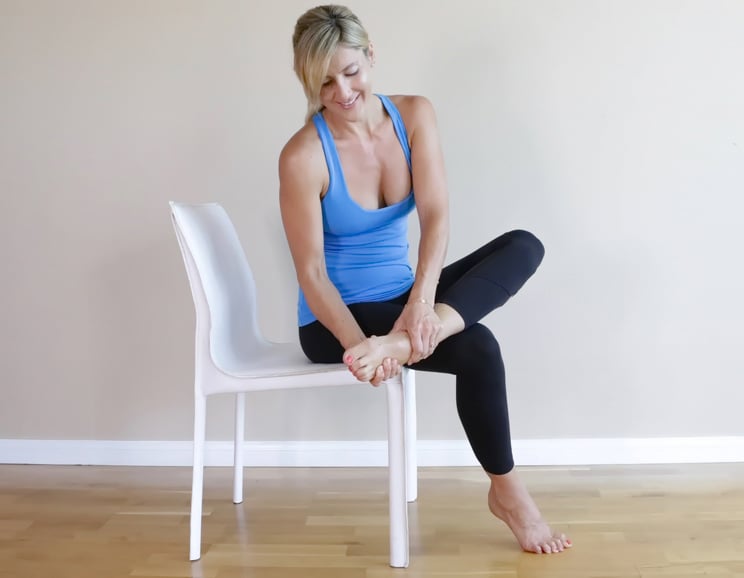


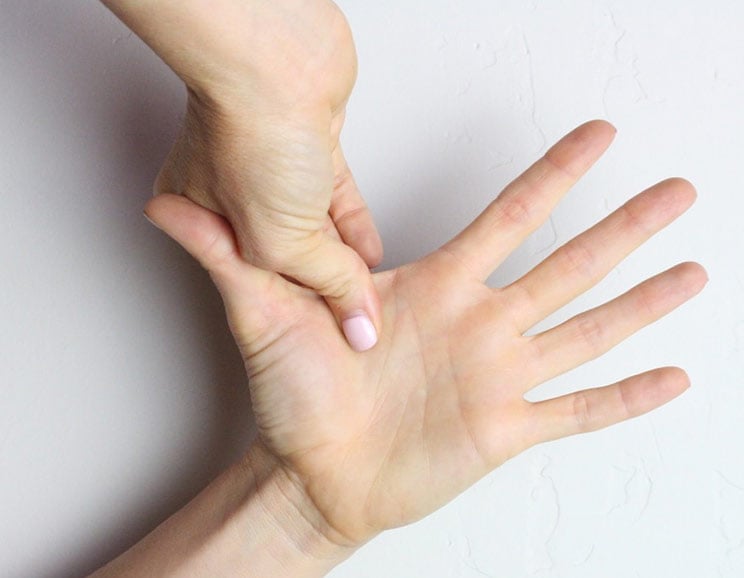
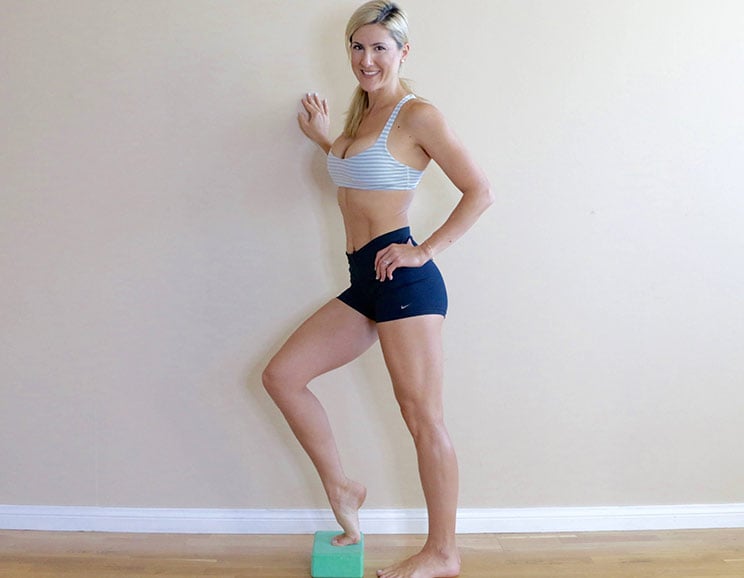
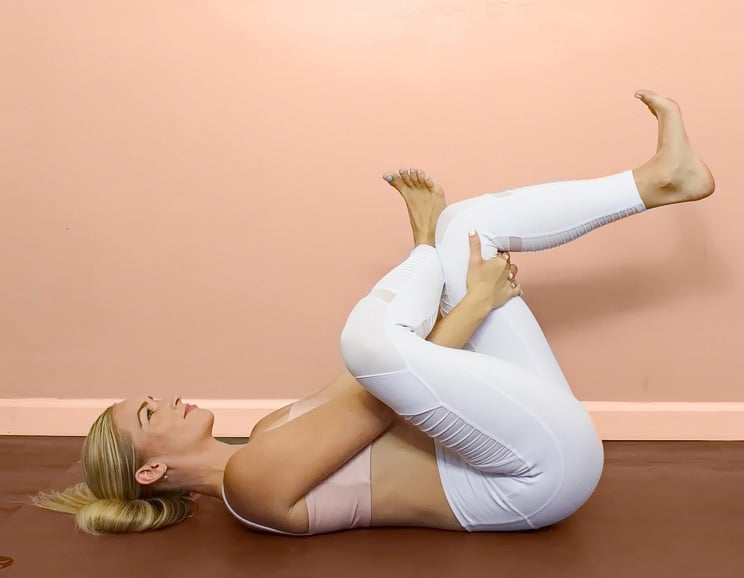
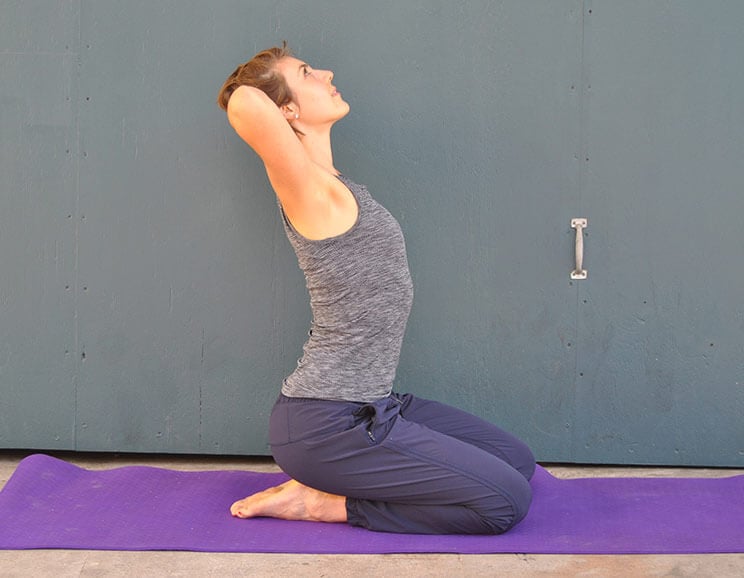
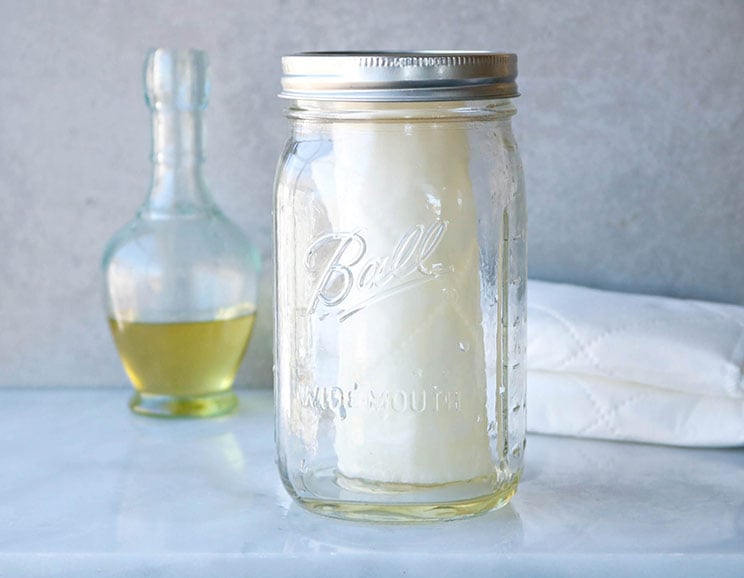
Show Comments